Costa Rica Waterfalls: Your Ultimate Guide to Nature’s Best
- Esteban Acedo

- Jul 16
- 9 min read
Costa Rica is a tropical paradise overflowing with lush jungles, misty cloud forests, and, most spectacularly, waterfalls. Whether you’re a backpacker chasing adventure, a family on a fun day trip, or a solo traveler seeking hidden gems, this guide to Costa Rica waterfalls will help you discover the most breathtaking spots across the country.
We’ll cover where they are, how to get there, whether they’re family-friendly, and why they’re worth visiting. Let’s dive in!
La Leona Waterfall, Costa Rica
Location: Curubandé, near Rincón de la Vieja National Park, Guanacaste
How to get there: Approximately 20 minutes from Liberia by car; a 4x4 vehicle is recommended.
Access: Only via guided tours due to its location on private property and the challenging terrain.
Private Tour: $50 / person
Combo Tours (e.g., with river tubing or zip lining): $65–$90 per person
Note: Reservation is mandatory
Family-friendly? Moderate, better for families with teens (due to river trekking and some climbing).
Why visit? A thrilling, off-the-beaten-path experience near Liberia Airport (perfect if you’re staying in Guanacaste).
La Leona Waterfall, Costa Rica, is a rising star among adventurous travelers. To reach it, you hike through a river canyon, climb over rocks, and wade through crystal-clear water, all leading to a stunning hidden waterfall inside a cave-like opening. Tours typically provide safety helmets, guides, and life jackets, making them both safe and unforgettable.
La Fortuna Waterfall
Location: Just outside La Fortuna town, near Arenal Volcano
How to get there: Easy 10-minute drive or short taxi ride from La Fortuna town; there’s a well-maintained visitor center.
Foreign Visitors:
Adults: $20
Children under 8: Free
Costa Rican Citizens/Residents:
Adults (19–64): $10
Seniors (65+): $5
Children (9–18): $5
Children under 8: Free
Facilities: Restrooms, showers, lockers, restaurant, and free Wi-Fi available.
Family-friendly? Yes, but note there’s a steep staircase (~500 steps) down to the waterfall.
Why visit? Close to Arenal’s popular adventure activities (ziplining, hot springs), making it an easy add-on for families and backpackers alike.
La Fortuna Waterfall is one of Costa Rica’s most iconic waterfalls. The powerful 70-meter (230 ft) cascade drops into a deep pool where you can swim and cool off. The surrounding rainforest is teeming with toucans, monkeys, and butterflies.
Llanos de Cortés Waterfall
Location: Near Bagaces, off Route 1, Guanacaste
How to get there: 30 to 40 minutes from Liberia by car; easy access from the Inter-American Highway.
Municipality Entrance:
Adults: $7
Children: $4
Alternate Entrance (via private property):
Suggested donation: Varies; typically around $4
Note: The municipality entrance offers better road access and facilities.
Family-friendly? Absolutely, shallow swimming area and picnic spots.
Why visit? One of the most accessible, photogenic waterfalls in Guanacaste.
This broad, picturesque waterfall is famous for its wide curtain of water and sandy beach-like area at the bottom. It’s a favorite local weekend hangout, so it can get busy. Pack a picnic and relax under the falls.
Rio Celeste Waterfall
Location: Inside Tenorio Volcano National Park, Alajuela/Guanacaste border
How to get there: 1.5 to 2 hours from La Fortuna or Liberia; 4x4 recommended in rainy season.
Entrance Fee:
Adults: $12
Children (2–12): $5
Parking: Approximately $3–$4 (cash only)
Note: As of August 2023, tickets must be purchased online in advance via the SINAC website.
Family-friendly? Moderate, involves a ~6 km (round trip) hike with stairs.
Why visit? That jaw-dropping blue water it’s one of the most Instagrammed spots in Costa Rica.
Famous for its unreal turquoise blue water, Rio Celeste Waterfall is a bucket-list destination. The hike through the park leads you past bubbling thermal rivers and jungle views, making it perfect for nature lovers. For more information, check out our blog article: Discover Rio Celeste Costa Rica: things to do near La Fortuna & Liberia.
Nauyaca Waterfalls
Location: Outside Dominical, along the South Pacific Coast
How to get there: 15-minute drive from Dominical; hike or horseback ride to the falls (~4 km one way).
Don Lulo’s Entrance:
Hiking: $10 per person
4x4 Truck Tour: $32 per person
Nauyaca Waterfall Nature Park:
Adults: Hike + Trolley: $28 / Trolley only: $38
Children (3-11 years old): Hike + Trolley: $25 / Trolley only: $35
Includes: Truck ride, parking, bathrooms, and changing rooms.
Family-friendly? Yes, for active families, kids love the horseback tours.
Why visit? One of the largest and most impressive waterfall systems in the country.
Nauyaca Waterfalls offer two massive tiers where you can swim, jump off rocks, or simply soak in the natural beauty. You can hike in or take a guided horseback tour, making it a great all-day adventure. For more information, read our blog article: Nauyaca Waterfalls: things to do near Dominical & Uvita Costa Rica
Montezuma Waterfalls
Location: Walking distance from Montezuma town, Nicoya Peninsula
How to get there: Easy walk or short drive from Montezuma’s center.
Family-friendly? Yes, for older kids, the trail can be slippery.
Why visit? Easy to combine with a beach day or surf session in Montezuma.
Access: Free via public trail.
Note: A small fee may be charged for parking or using facilities if access is through private property.
Montezuma Waterfalls are beloved by backpackers and surfers who flock to this bohemian beach town. There’s a series of three waterfalls, and you can climb up or swim below. Adventurers often cliff-jump here, but be careful! Check out our blog article Montezuma Waterfall, Costa Rica: the complete guide to visiting this iconic waterfall
Oropendola Waterfall
Location: Hacienda Guachipelín, near Rincón de la Vieja National Park
How to get there: About 25 minutes from Liberia by car; park entrance fee required.
Entrance Fee:
Adults: $15
Children (6–12): $5
Note: Fees are subject to change; it's advisable to check the latest rates before visiting
Family-friendly? Yes, a short walk and a hanging bridge make it fun for kids.
Why visit? Combine it with a day of ziplining, hot springs, and hiking in Rincón de la Vieja
Oropendola Waterfall is a lesser-known gem with a brilliant emerald pool, tucked away near volcanic hot springs and mud baths.
Bajos del Toro Waterfall (Catarata del Toro)
Location: Bajos del Toro, Alajuela Province, in the Central Highlands of Costa Rica, about 1.5–2.5 hours from San José.
How to get there: The best access is by car. Drive through scenic mountain roads to reach the entrance of Catarata del Toro, which is privately owned.
Entrance Fees (2025):
Adults: $15 USD
Children (4–12 years): $7.50 USD
Children under 4: Free
Seniors (65+): $7.50 USD
Combo Ticket (Catarata del Toro + Blue Falls of Costa Rica):
Adults: $25 USD
Children (4–12 years): $12.50 USD
Children under 4: Free
Seniors (65+): $12.50
Additional Information:
Opening Hours: Monday to Saturday, 7:00 AM to 5:00 PM. Closed on Sundays.
Last Entry: 4:30 PM.
Parking: Free and secure parking is available on-site.
Payment Methods: Accepts cash (USD, Euros, Colones) and credit/debit cards.
Swimming: Not permitted at Catarata del Toro due to safety concerns.
Facilities Include Restrooms, a café, and a hummingbird garden for visitors.
Note: No reservations are required for entry.
Family-friendly? Yes, for families with older children. The trail includes steep stairs and uneven ground, so it’s not suitable for very young kids or people with limited mobility.
Why visit? Hidden deep in the cloud forest, this is one of the tallest waterfalls in Costa Rica and arguably one of the most breathtaking.
Tucked away in a volcanic crater, Catarata del Toro plunges 90 meters (300 feet) into an ancient, mossy gorge surrounded by lush cloud forest. The viewpoint is easily accessible, and those up for a short but steep descent can hike down for a closer view. Less crowded than other popular waterfalls, it's a perfect stop for nature lovers and photographers. There’s also a small hummingbird garden and café at the entrance, making it a relaxing spot to soak in the cool mountain air.
Blue Falls of Costa Rica
Location: Bajos del Toro, Alajuela Province, just a short drive or walk from Catarata del Toro.
How to get there: Accessible by rental car; follow signs from Bajos del Toro to the Blue Falls entrance (same owners as Catarata del Toro). Guided tours are recommended for seeing all the falls.
General admission (self-guided):
Adults: $15
Children (4–11): $7
Guided tour (recommended for full experience):
Adults: $25
Children (4–11): $12
Combo Ticket (Catarata del Toro + Blue Falls):
Adults: $25 (self-guided)
Guided combo: $35–40
🕘 Opening hours: Monday–Saturday, from 7:00 AM to 5:00 PM (closed Sundays).
Note: Tickets are purchased onsite; no online reservations are required but recommended for guided tours.
Family-friendly? Suitable for older kids and teens. The trails are natural and require some river crossings, so be prepared for a bit of adventure.
Why visit? To chase not just one, but several turquoise-blue waterfalls in a pristine jungle setting.
The Blue Falls of Costa Rica are a hidden gem, comprising seven dazzling waterfalls that feature a bright blue hue created by volcanic minerals in the water. The two most famous are Teñidero and Catarata Celestial. Swimming is allowed in designated pools, and guided hikes take you through vibrant rainforest, over suspension bridges, and into shallow rivers. It’s a more adventurous, off-the-beaten-path experience compared to Catarata del Toro, making it ideal for nature enthusiasts who want something wild and magical.
Final Thoughts on Costa Rica Waterfalls:
Costa Rica’s waterfalls are more than just pretty sights; they’re experiences that immerse you in the country’s wild beauty. From family-friendly spots like Llanos de Cortés to adventurous treks like La Leona Waterfall, Costa Rica, there’s a waterfall for every kind of traveler.
Whether you want to hike, swim, cliff-jump, or simply take stunning photos, these waterfalls will be unforgettable highlights of your trip.
Just remember: respect nature, follow local rules, and leave no trace so these magical places stay beautiful for generations to come.
Frequently Asked Questions:
When is the best time to visit Costa Rica's waterfalls?
The dry season (December to April) offers easier access and safer trails, but waterfalls are usually fuller and more powerful during the rainy season (May to November). Just be cautious, as some trails may get muddy or rivers might swell.
Are Costa Rica waterfalls free to visit?
Some waterfalls (like Montezuma) are free or donation-based, but many, like La Fortuna and Rio Celeste, have entrance fees, often used to maintain the trails and facilities. Fees usually range between $5 to $15 USD per person.
Can you swim in all Costa Rica waterfalls?
Not all! While many waterfalls like La Fortuna and Llanos de Cortés allow swimming, others (like Rio Celeste) prohibit it to protect the fragile ecosystem. Always check the rules before jumping in.
Do I need a guide to visit these waterfalls?
It depends. For adventurous spots like La Leona Waterfall, a guide is highly recommended (and often required) for safety. Others, like La Fortuna and Llanos de Cortés, are easy to visit on your own.
Are these waterfalls suitable for small kids?
Some are perfect for families (like Llanos de Cortés or Oropendola), while others (like La Leona or Nauyaca) may be better for older kids or teens due to the hiking or trekking required. Always check the trail difficulty and safety before bringing little ones.
How long is the hike to La Leona Waterfall?
The hike to La Leona Waterfall near Curubandé, in Guanacaste, takes about 2 to 2.5 hours round trip. The trail is around 3 kilometers (1.8 miles) each way, including walking through rivers, narrow canyons, and even a bit of light climbing. It's a fun and adventurous hike, but be prepared to get wet!
Can you go to La Leona Waterfall on your own?
No, visiting La Leona Waterfall requires a certified guide. The trail passes through private property and includes river crossings and navigating through caves and tight canyons. For safety reasons and to protect the environment, all visitors must go with a local tour company or guide.
Is La Leona Waterfall worth it?
Absolutely! La Leona Waterfall is one of the most thrilling hidden gems in Costa Rica. The adventure to get there, walking through turquoise rivers and slot canyons, is unforgettable. If you're looking for a mix of natural beauty and adrenaline, this waterfall is a must.
What is the best waterfall to visit in Costa Rica?
That depends on what you're looking for!
For adventure: La Leona Waterfall.
For picturesque blue water: Rio Celeste Waterfall.
For easy access and a dramatic drop: La Fortuna Waterfall.
For a day trip with hiking, swimming, and nature: Nauyaca Waterfalls near Dominical.
Costa Rica is full of breathtaking waterfalls, so the best one might be the one that matches your vibe!
What is the #1 waterfall in Costa Rica?
The most famous and photographed is probably Rio Celeste Waterfall, located in Tenorio Volcano National Park. Its surreal blue color and lush jungle setting make it a top bucket-list spot for many travelers.
Where is the prettiest water in Costa Rica?
One of the most magical places for water color is Rio Celeste, known for its milky turquoise-blue hue. The beaches of Manzanillo, Cahuita, and Playa Conchal also boast crystal-clear Caribbean and Pacific waters. But for waterfalls, Rio Celeste takes the crown.
Is the Rio Celeste worth it?
Definitely! Rio Celeste is one of Costa Rica’s natural wonders. The vibrant blue waterfall, combined with the mystical jungle hike and natural hot springs nearby, make it a memorable experience for nature lovers and photographers alike.
How hard is the hike to Rio Celeste?
The hike is moderate and usually takes about 2–3 hours round trip. The trail can be muddy, especially in the rainy season, and includes stairs and some uphill sections. Proper footwear is a must. Families and kids can do it, but it's best for those comfortable with walking and a bit of a workout.
Why is Rio Celeste so blue?
The famous blue color is caused by a natural chemical reaction between two rivers—Río Buenavista and Quebrada Agria—which mix minerals that reflect sunlight in a way that makes the water appear a surreal shade of turquoise. It’s a natural science phenomenon—and it’s beautiful!
Is Nauyaca worth it?
Yes! Nauyaca Waterfalls are a fantastic mix of jungle adventure and relaxation. Located near Dominical, they consist of two cascading waterfalls where you can swim at the base, hike through the lush rainforest, or even ride in on horseback. It’s a perfect day trip for nature lovers, families, and adventure seekers.



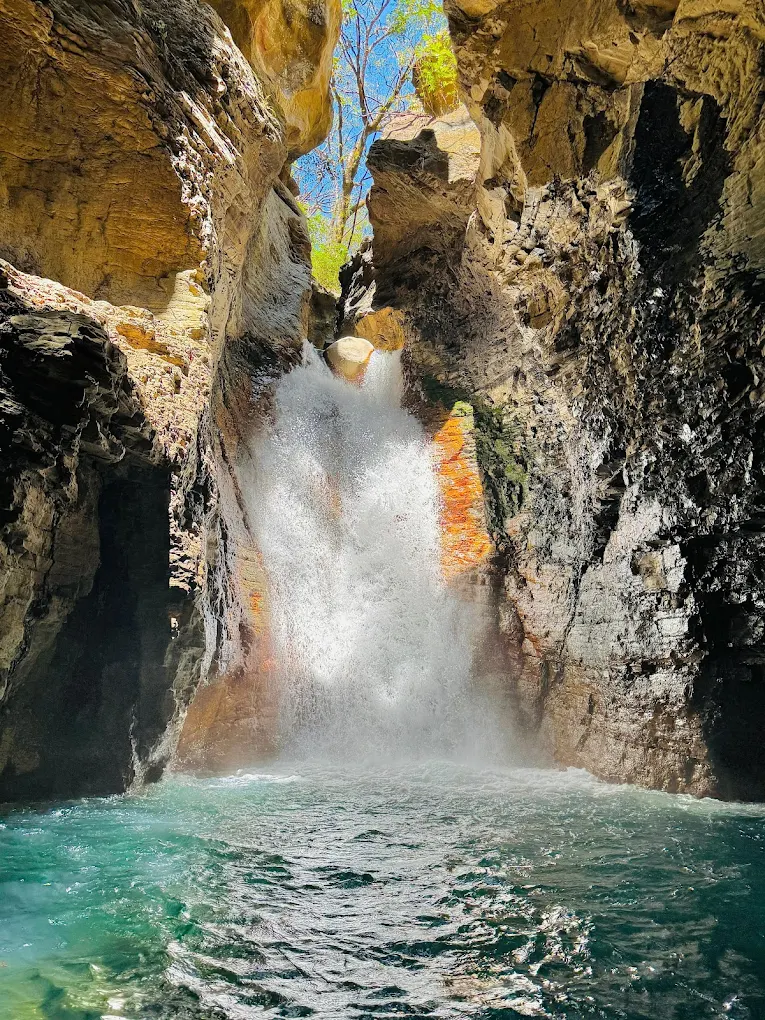
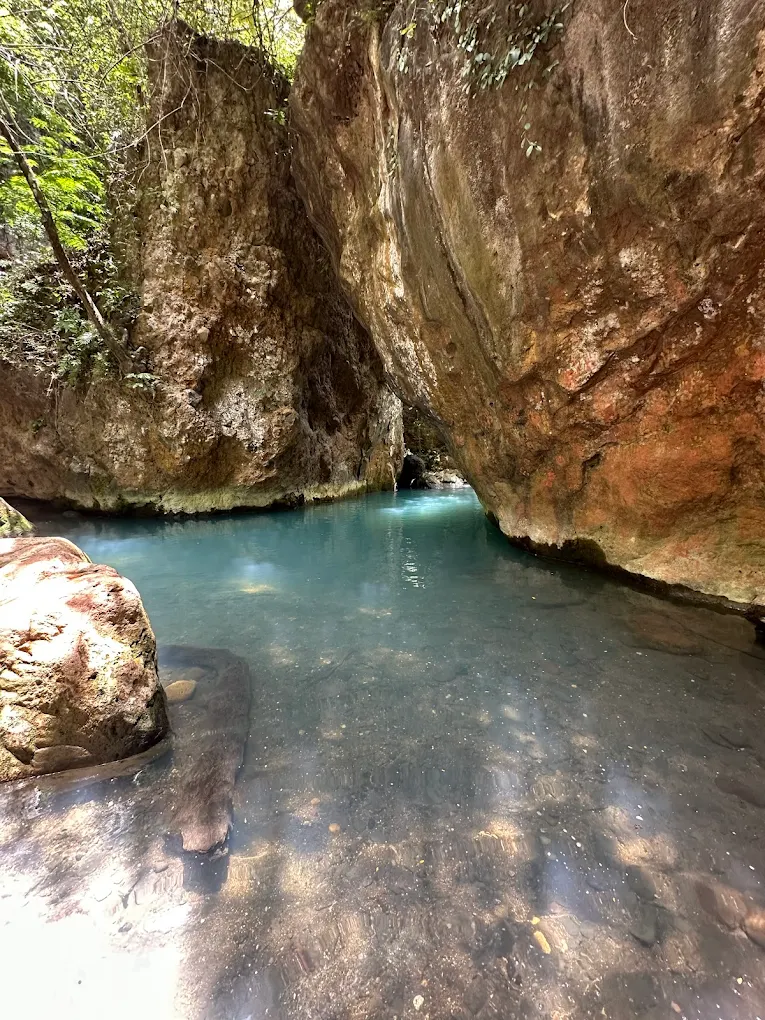
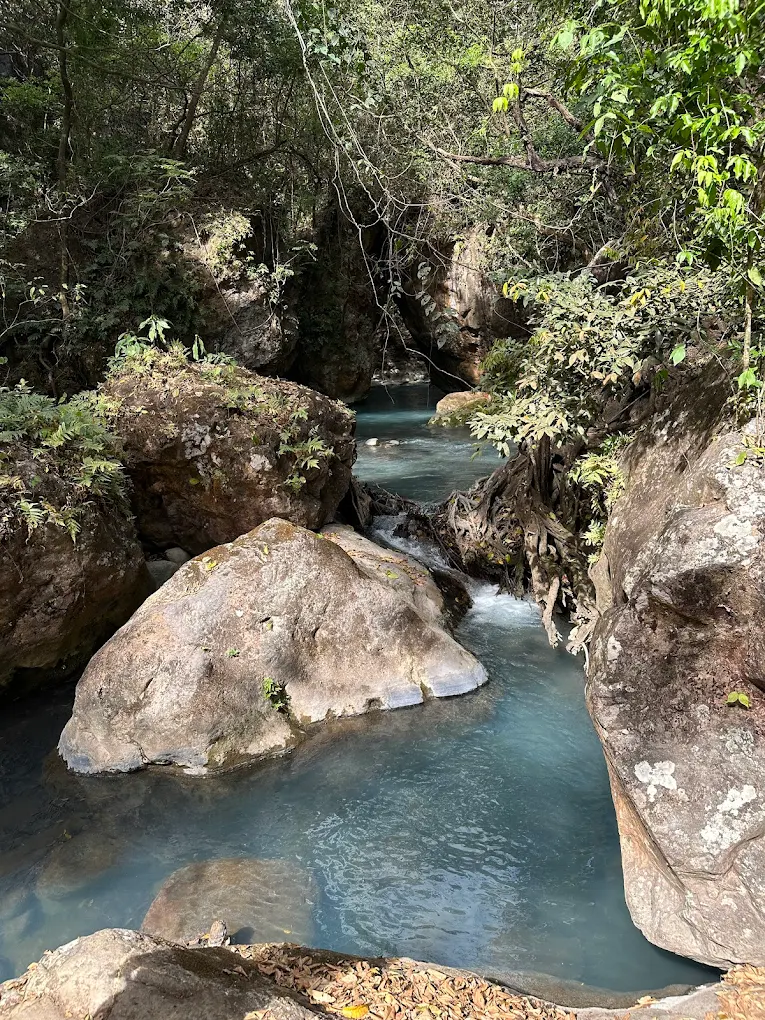
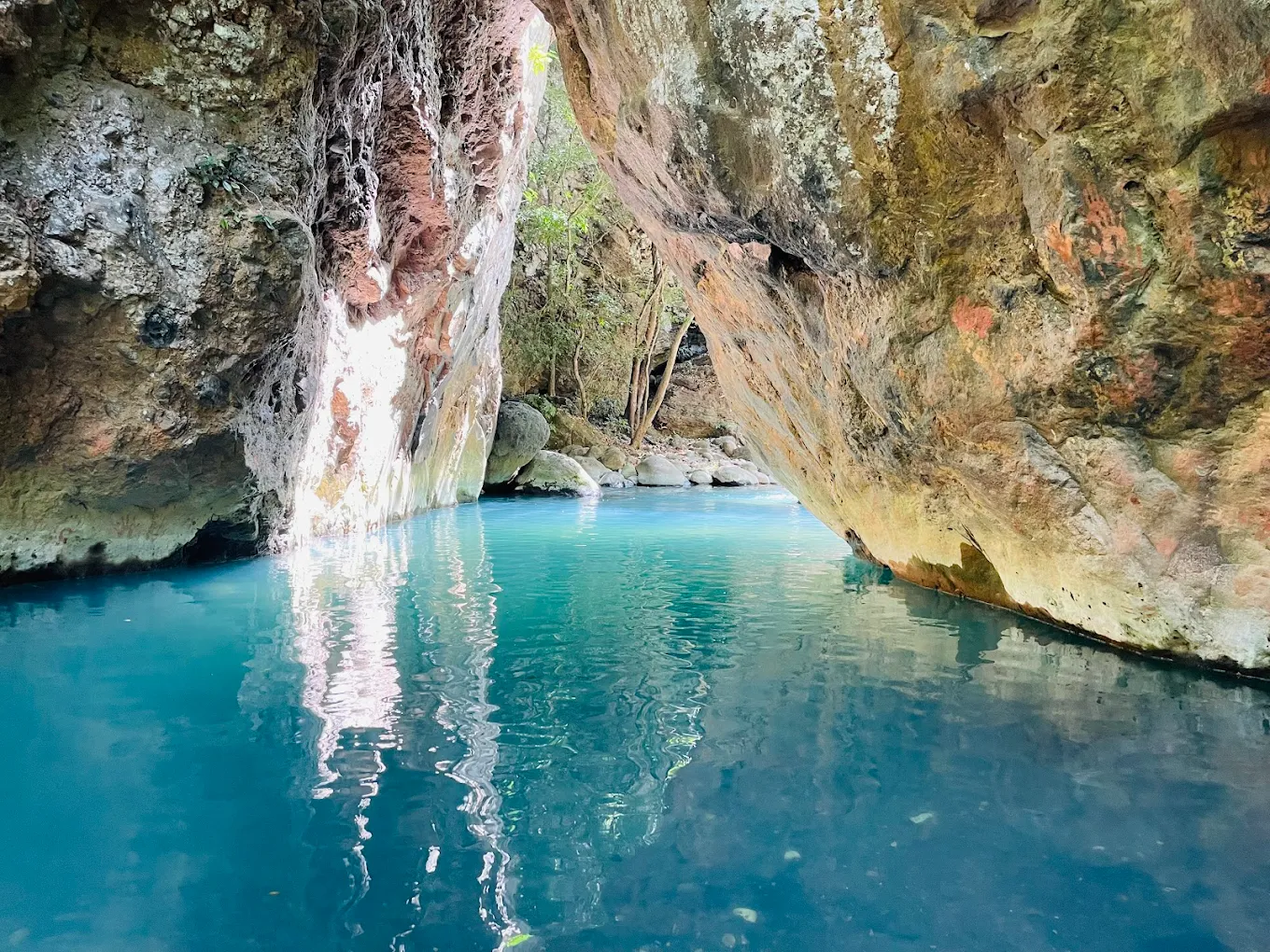
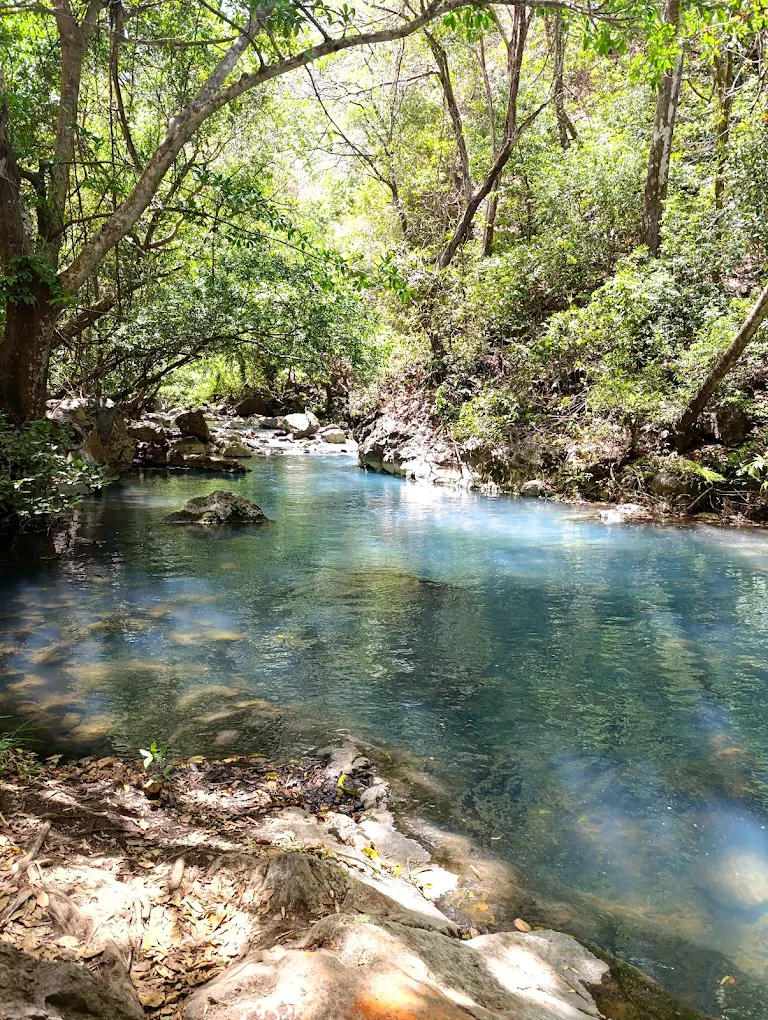
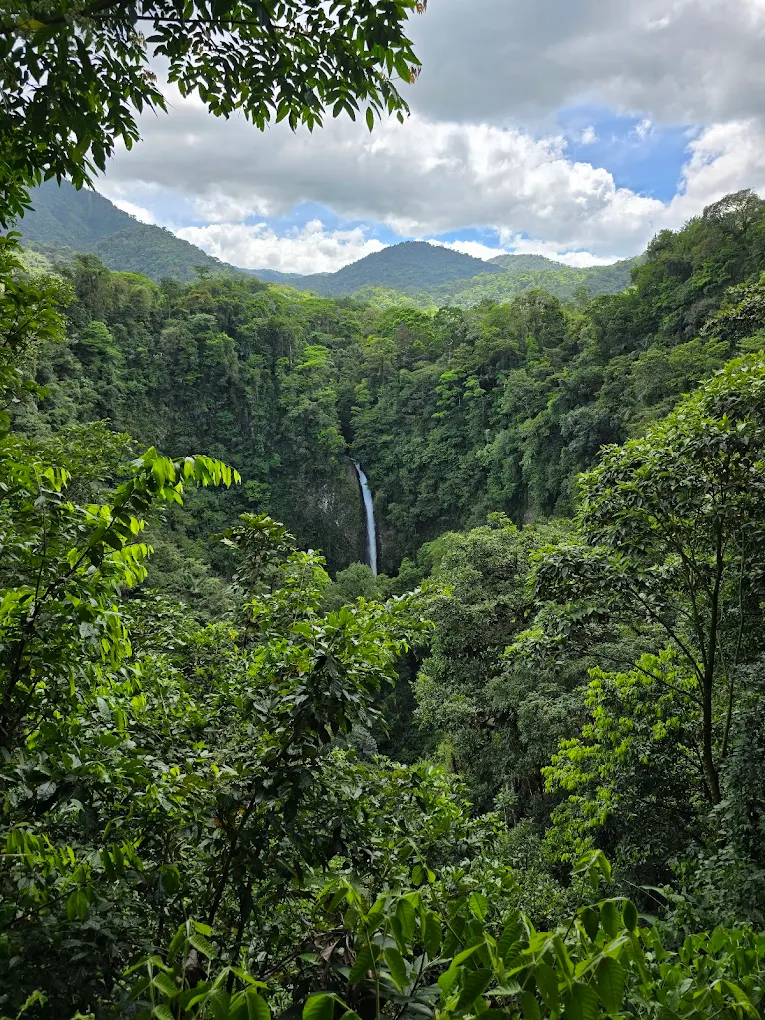
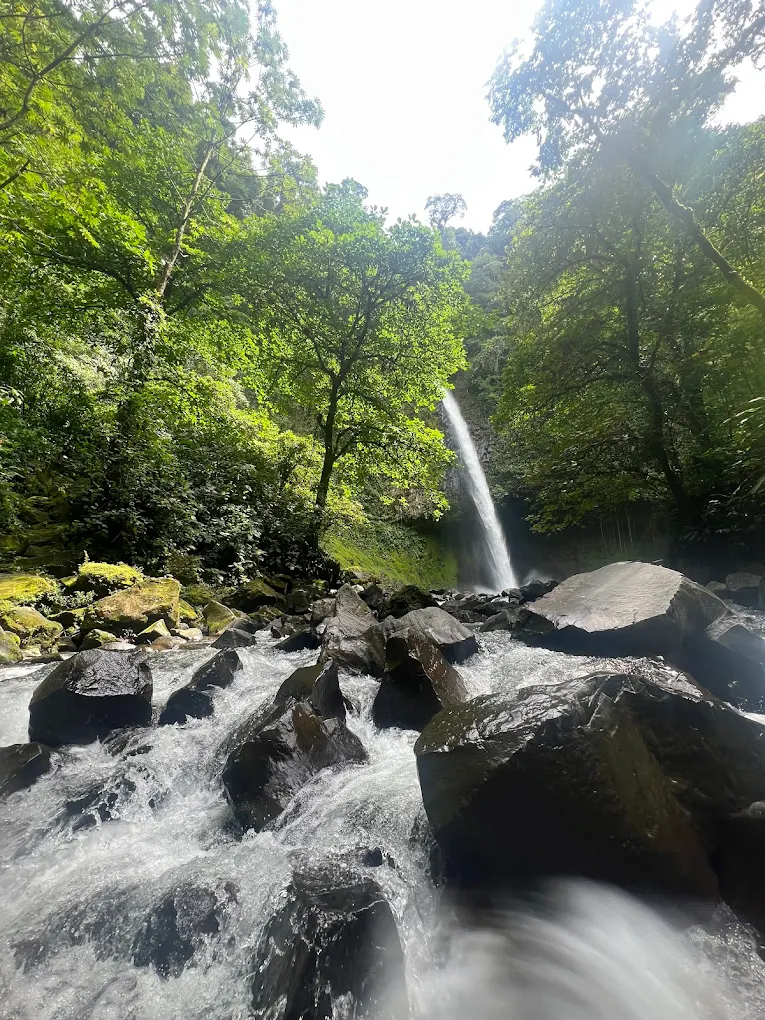
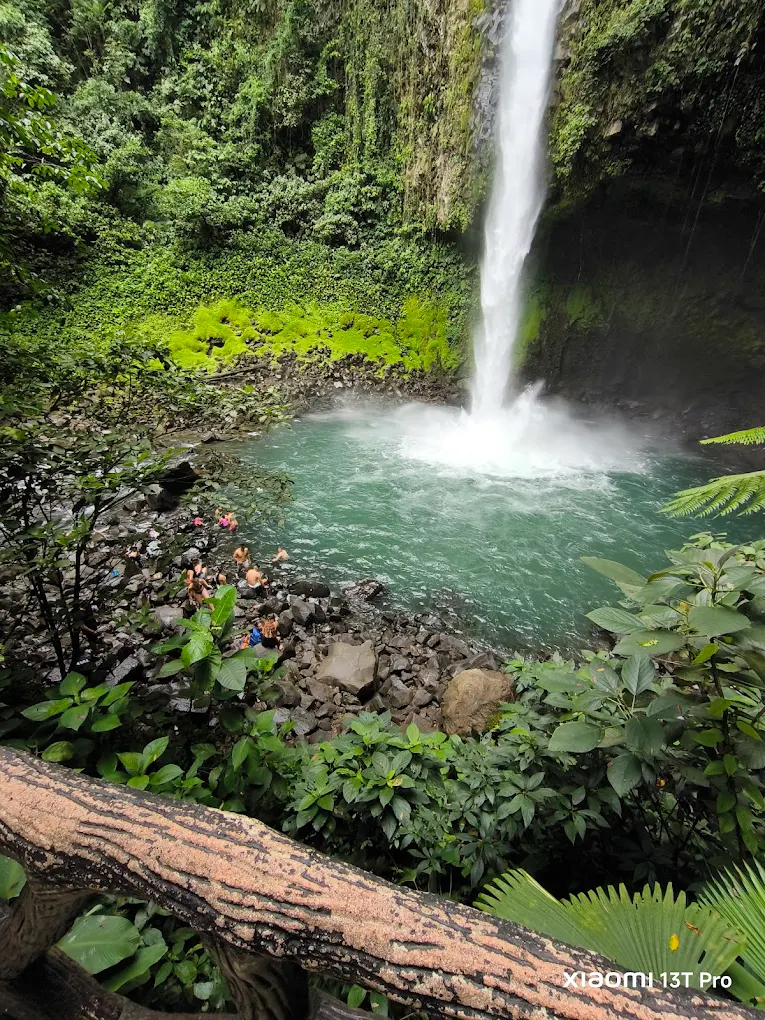
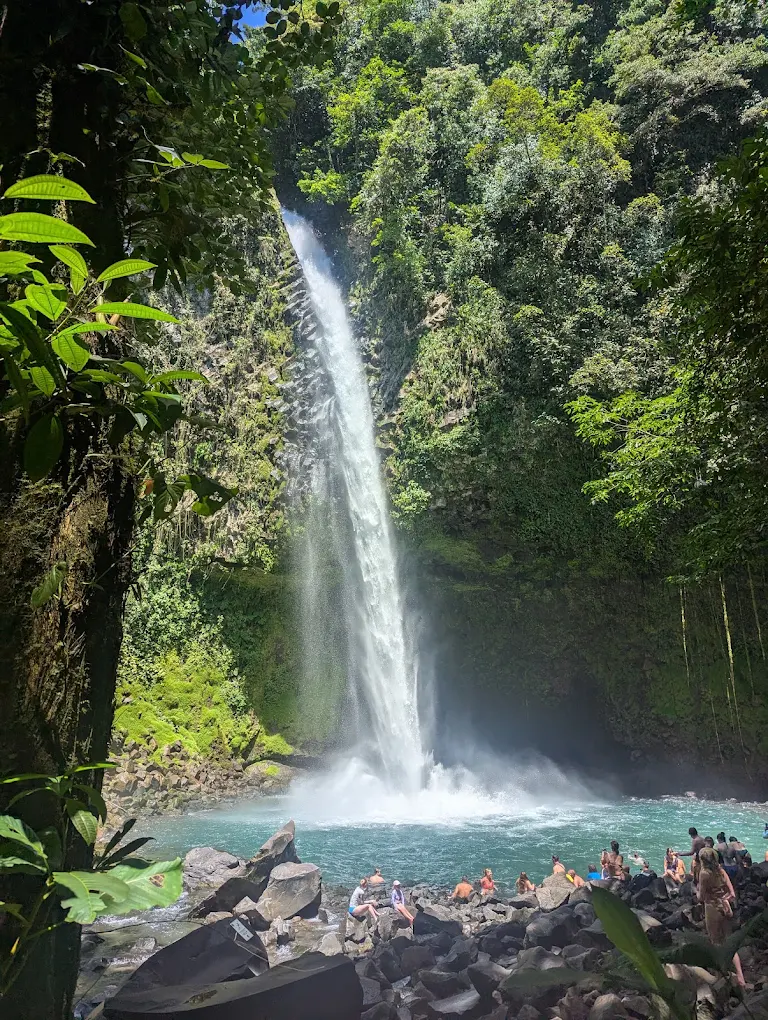
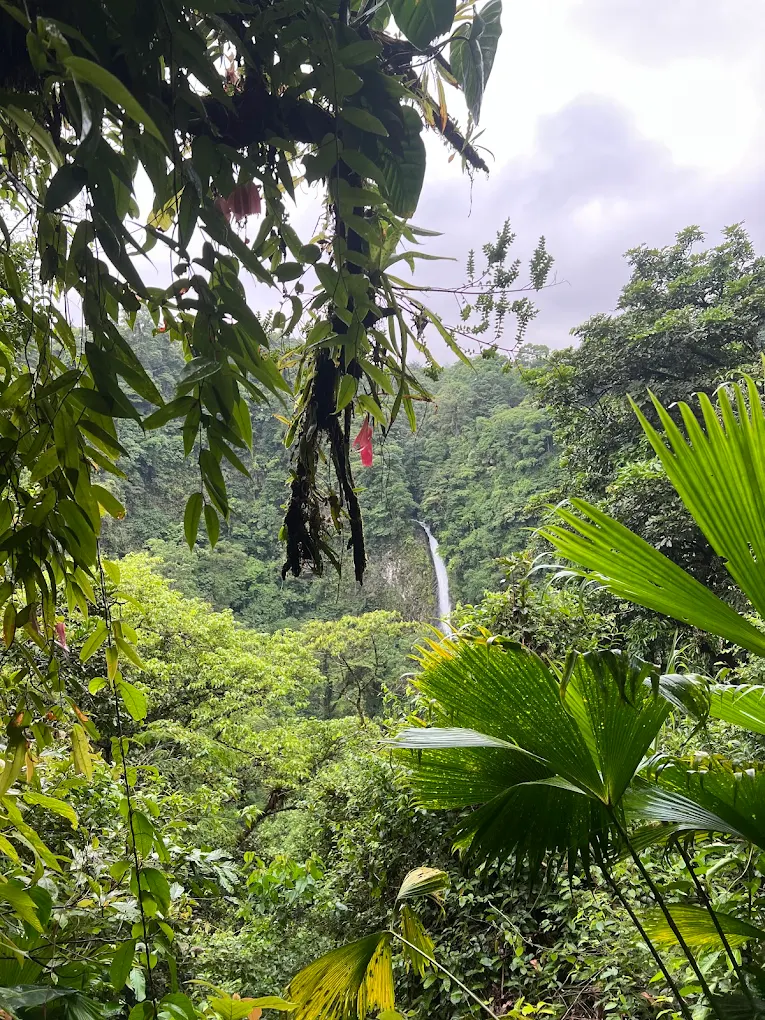
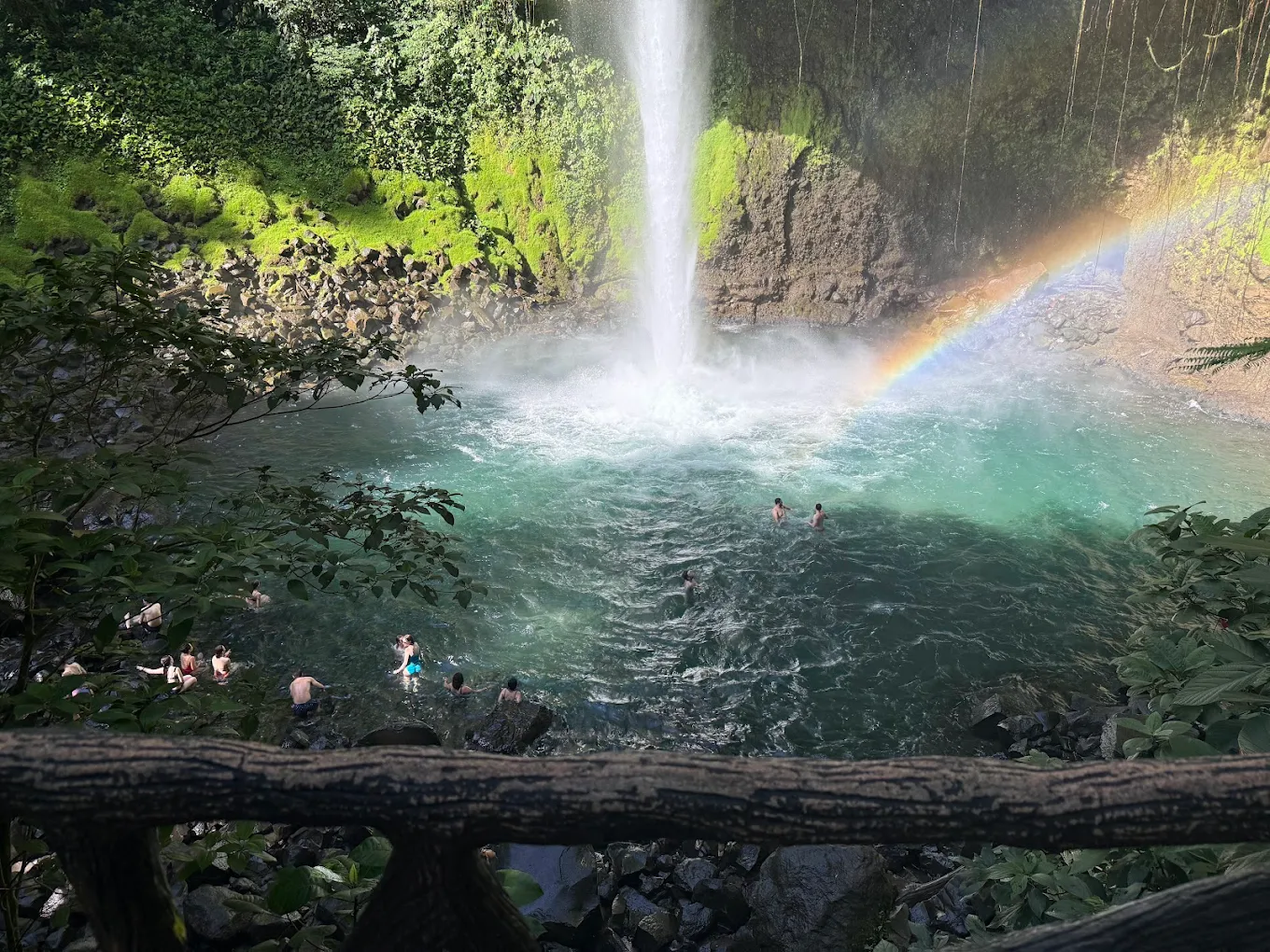
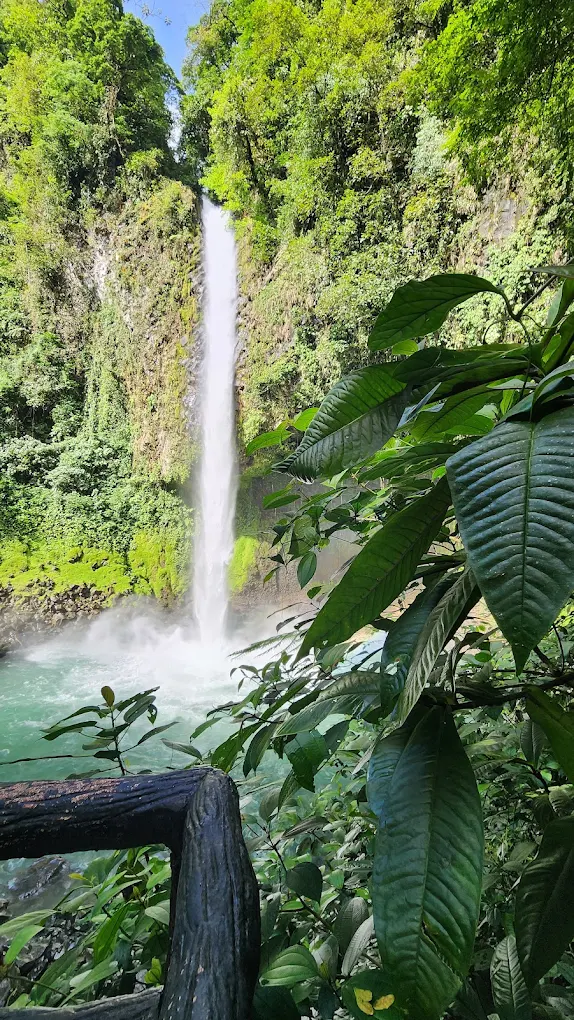
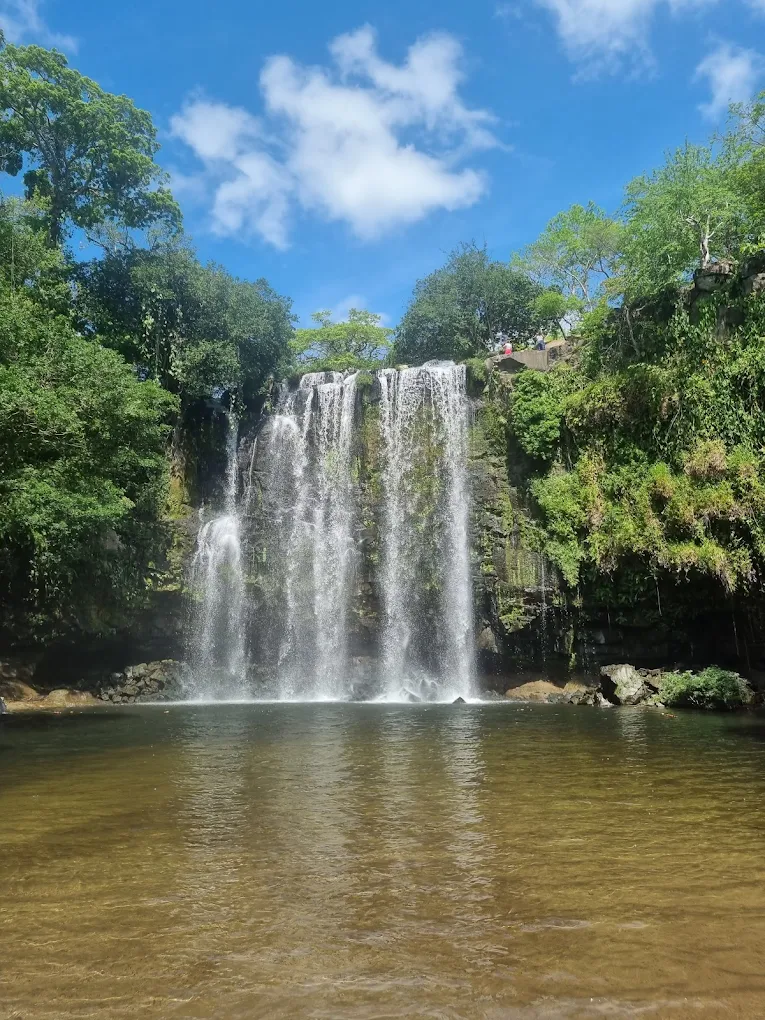
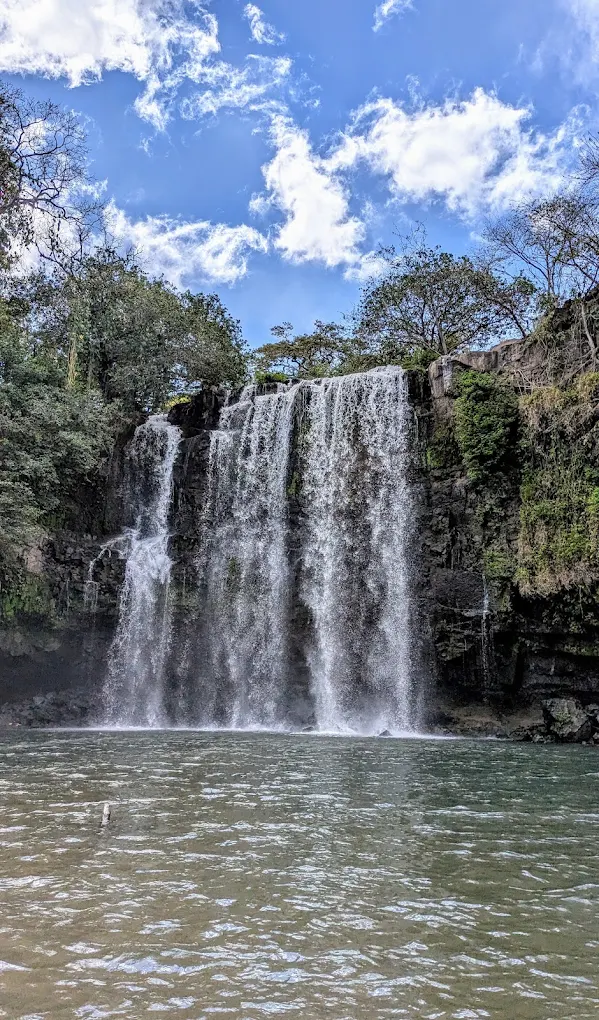
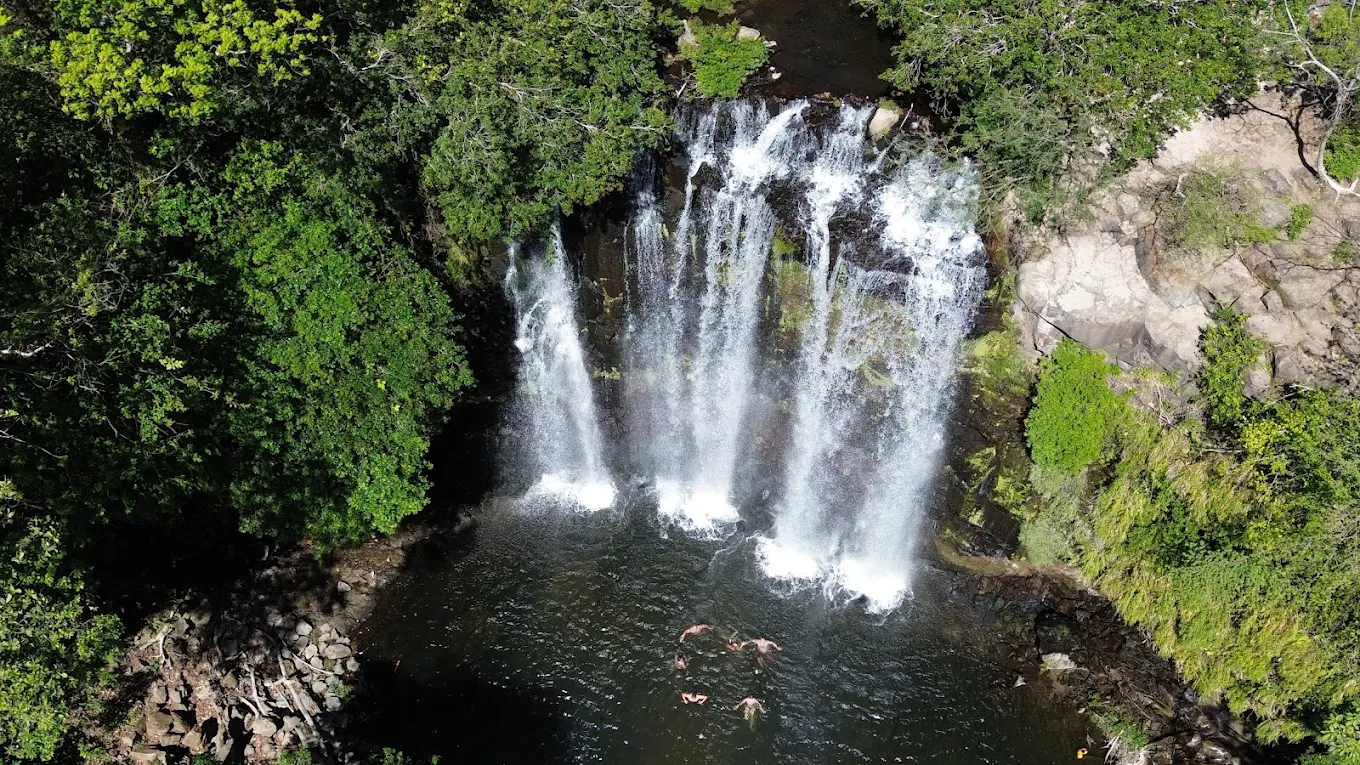

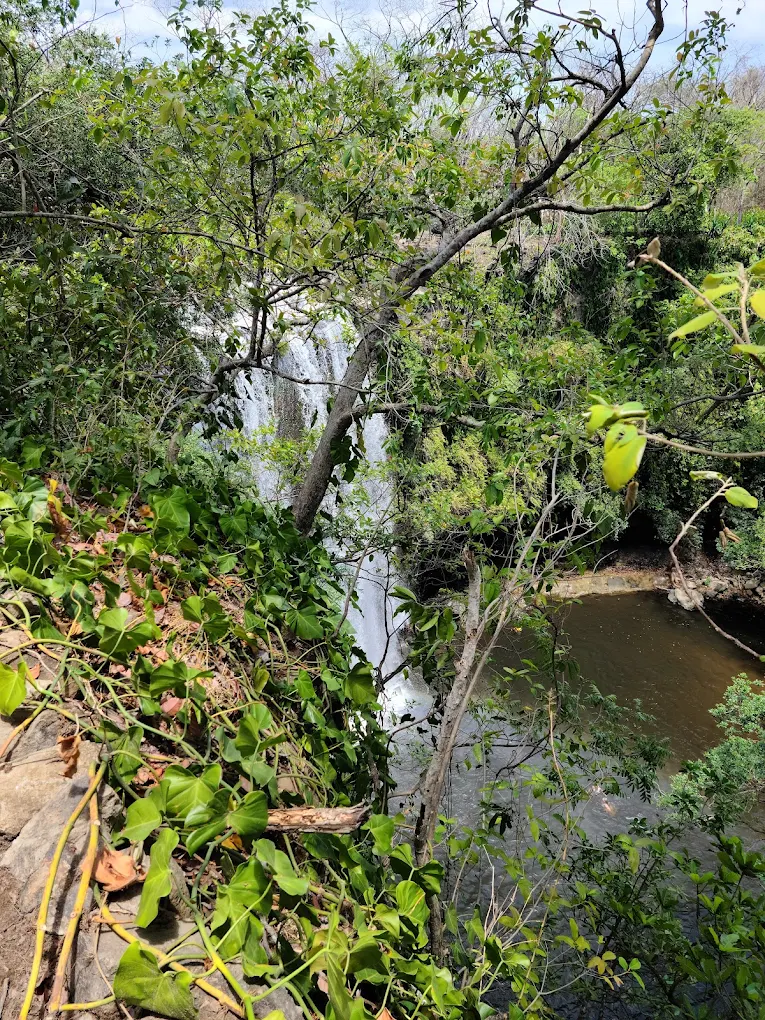
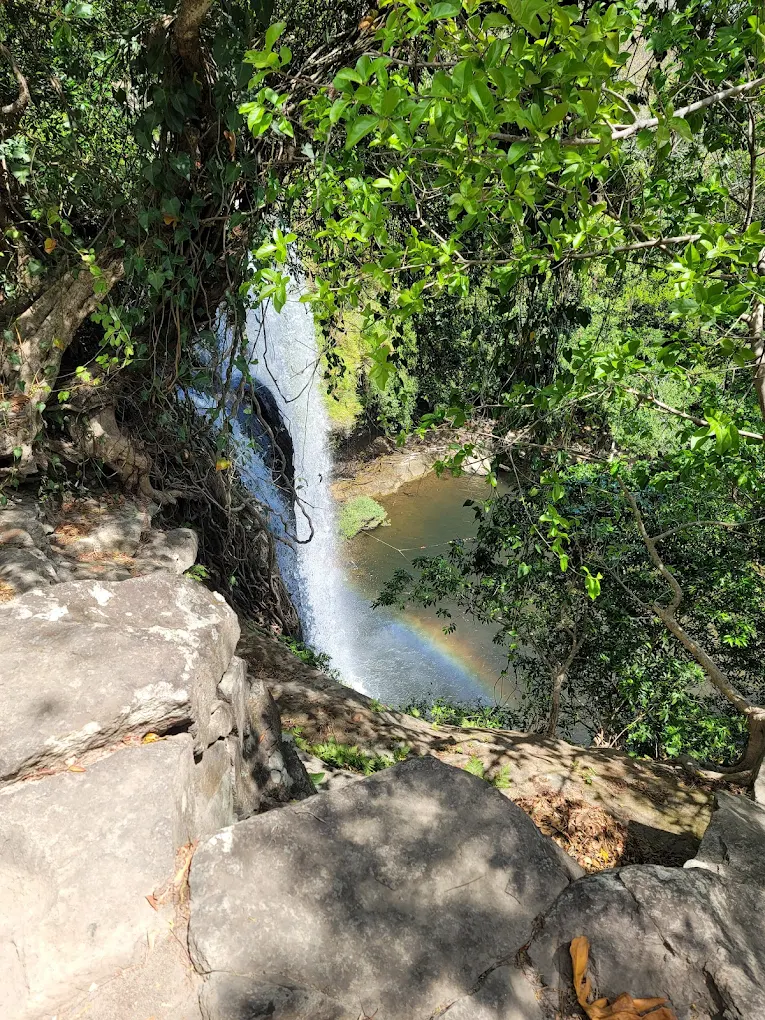
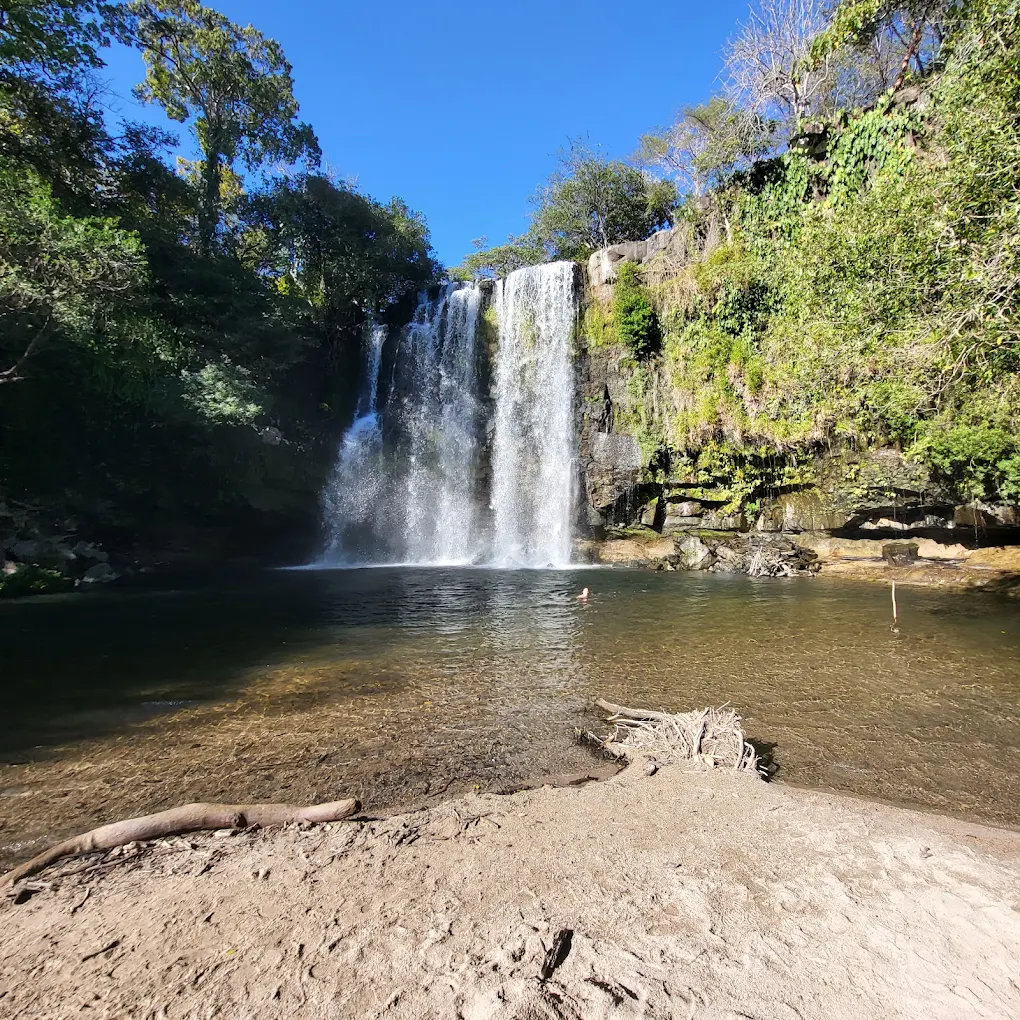


















































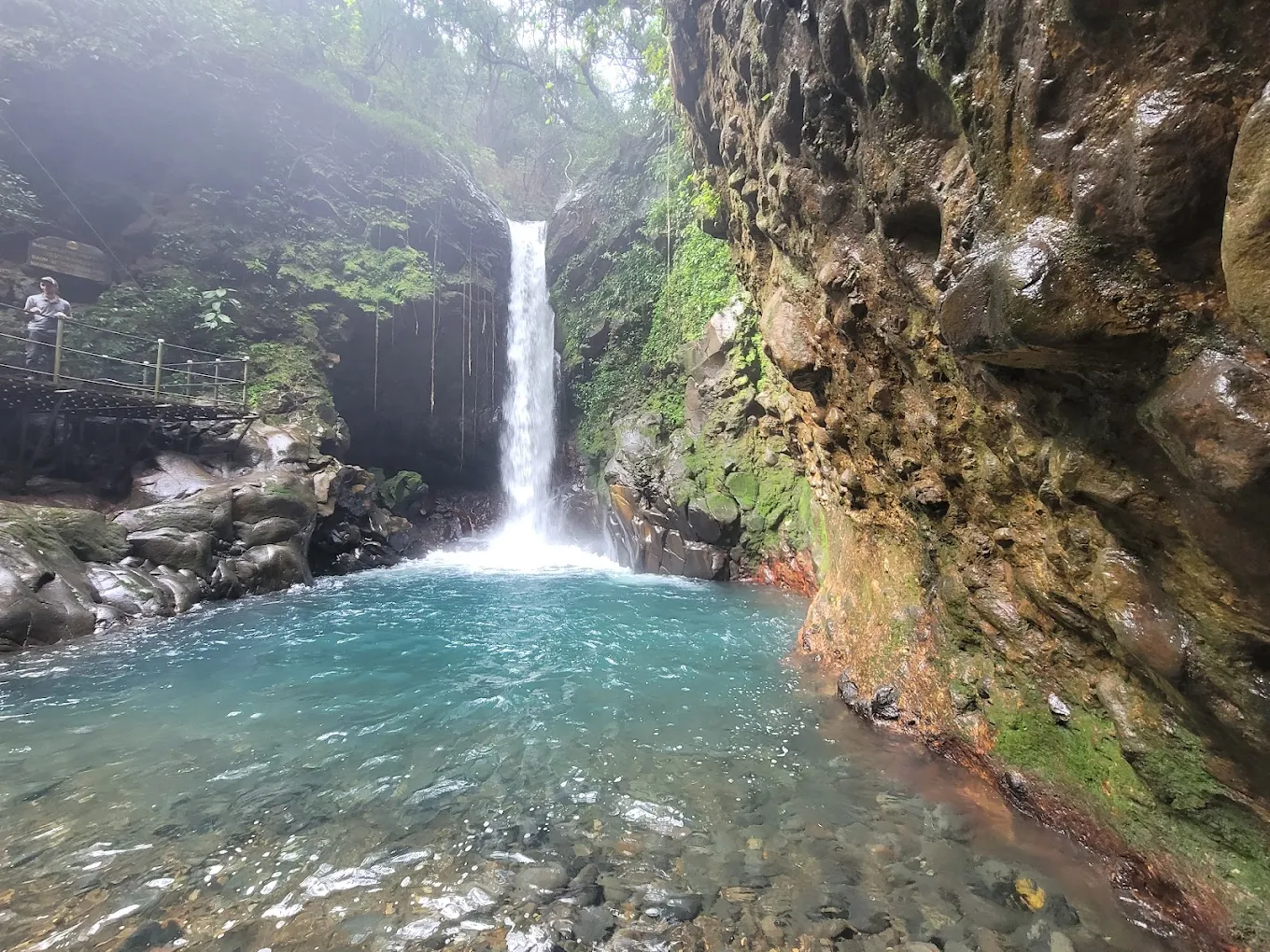

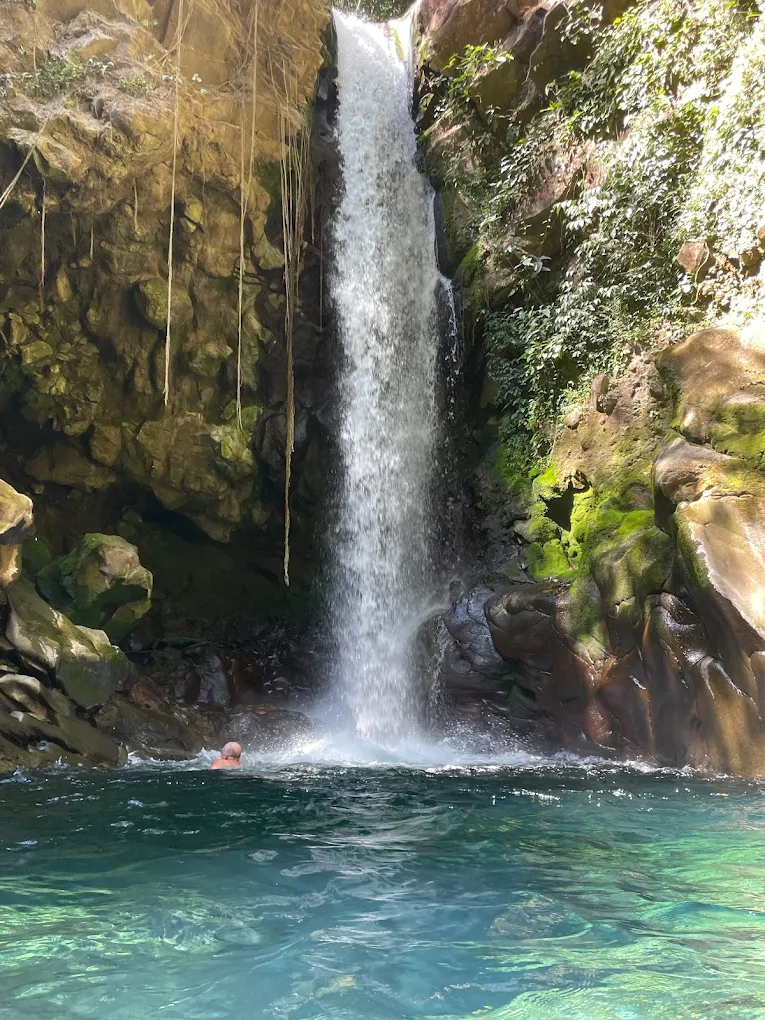
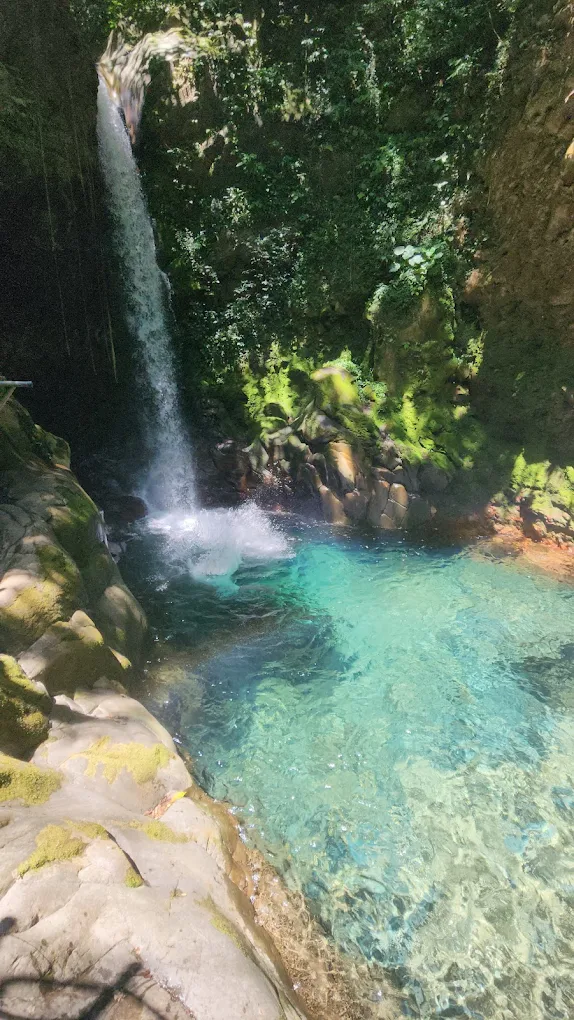

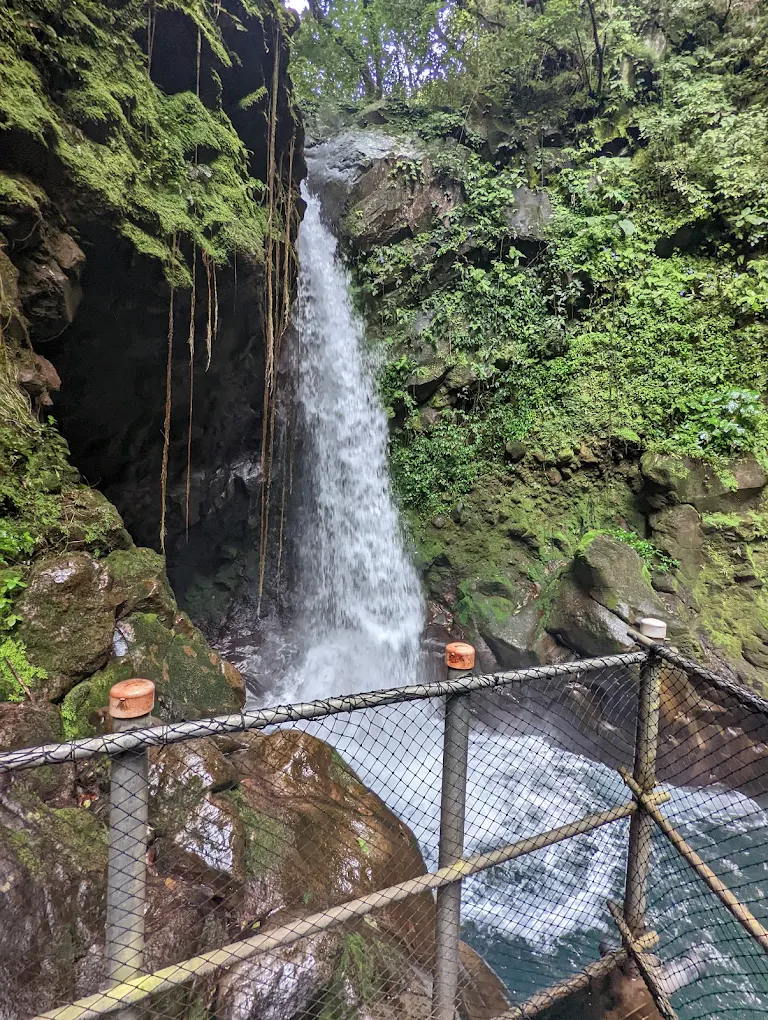
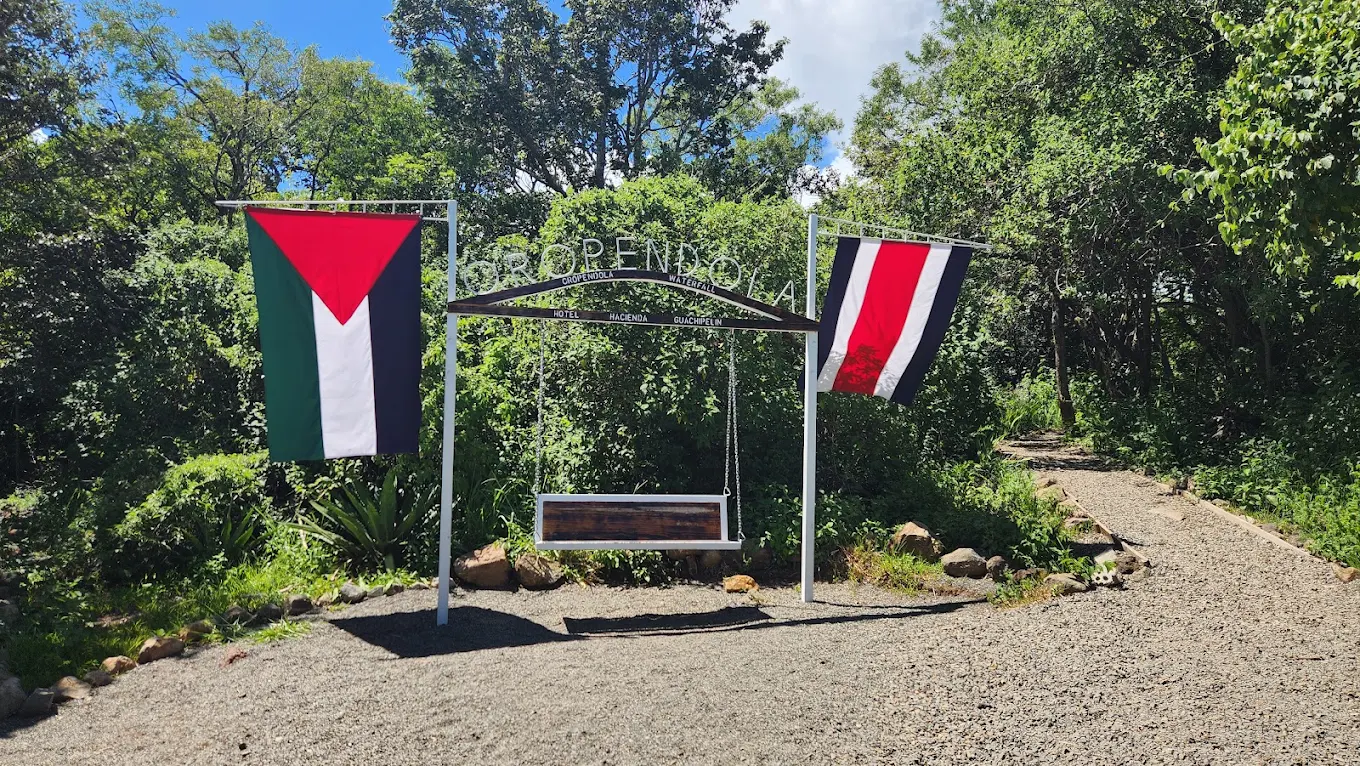


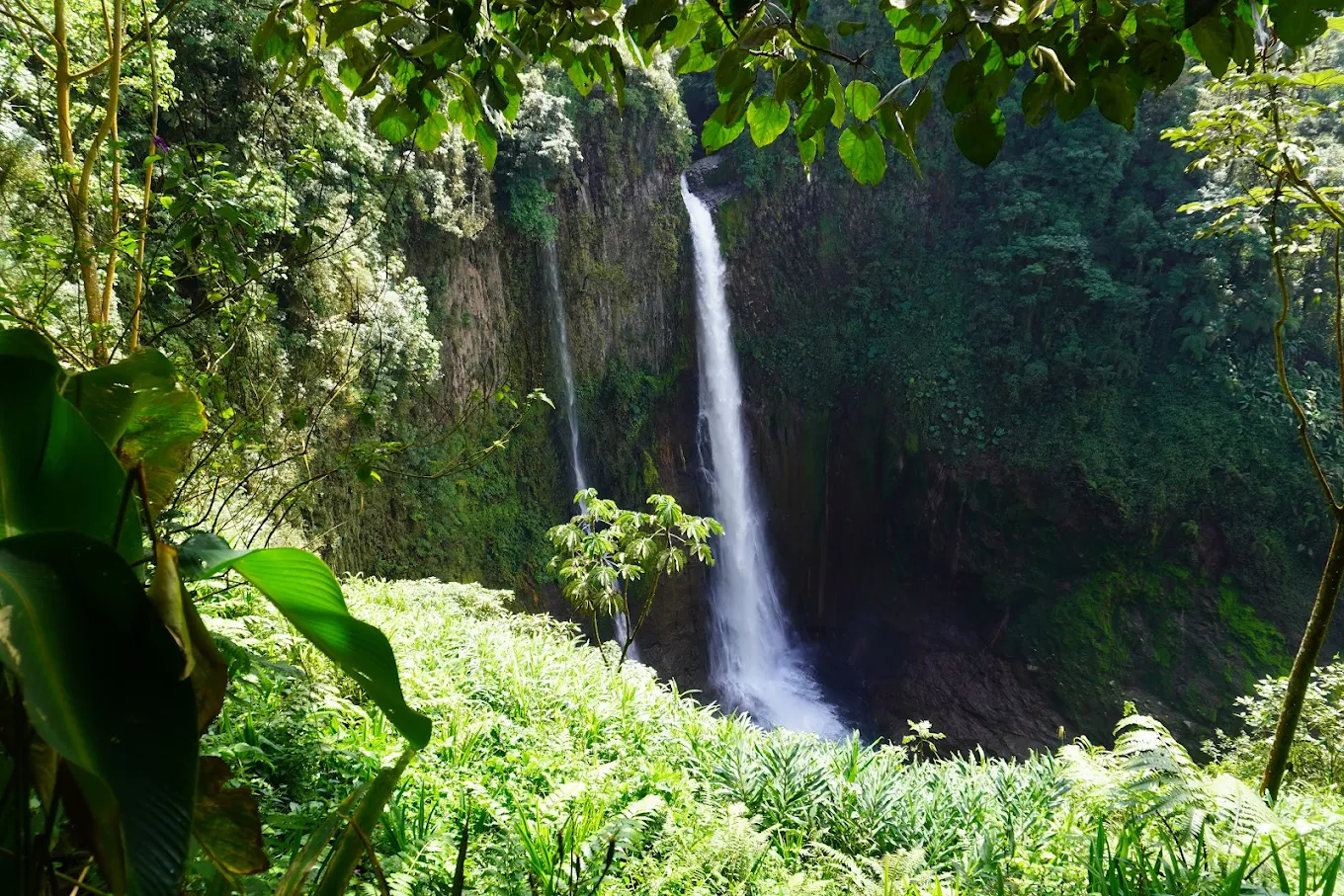
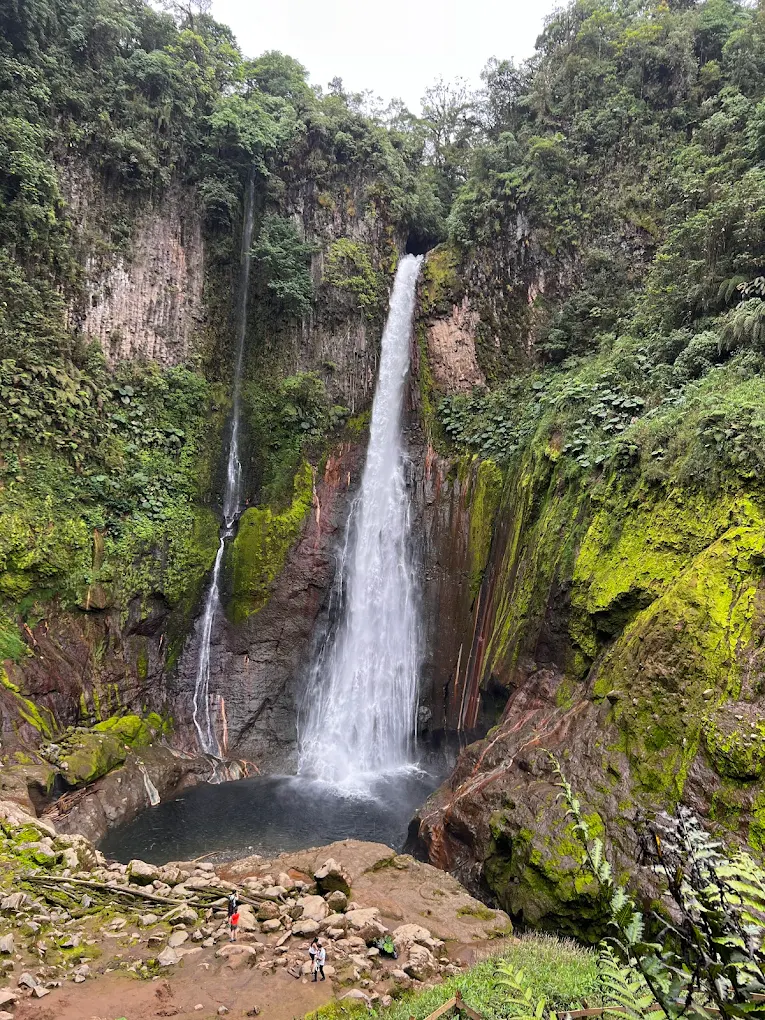

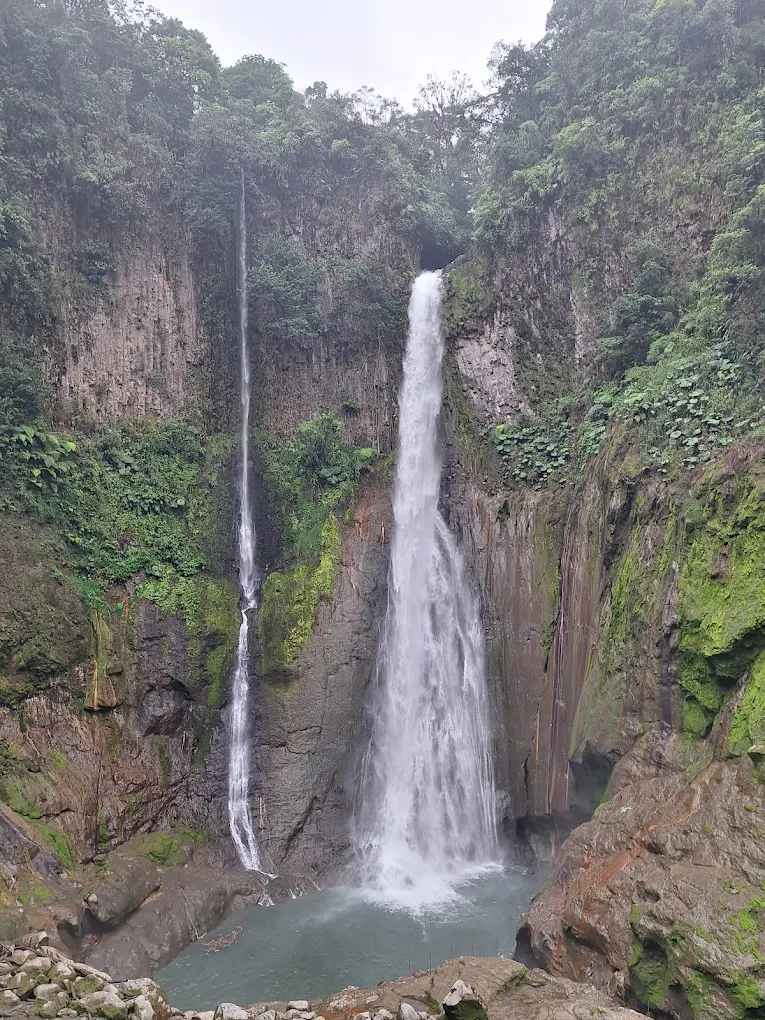

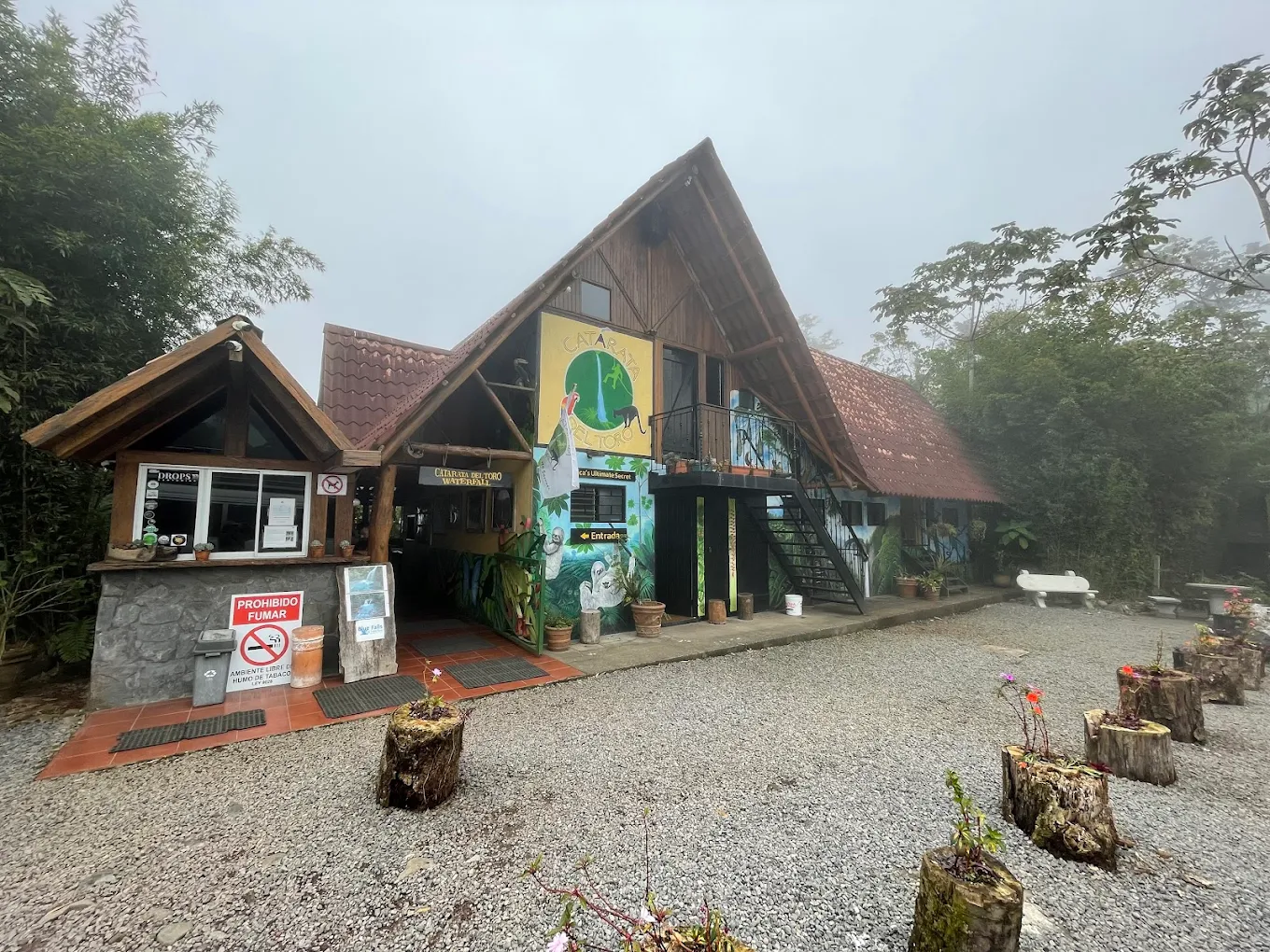

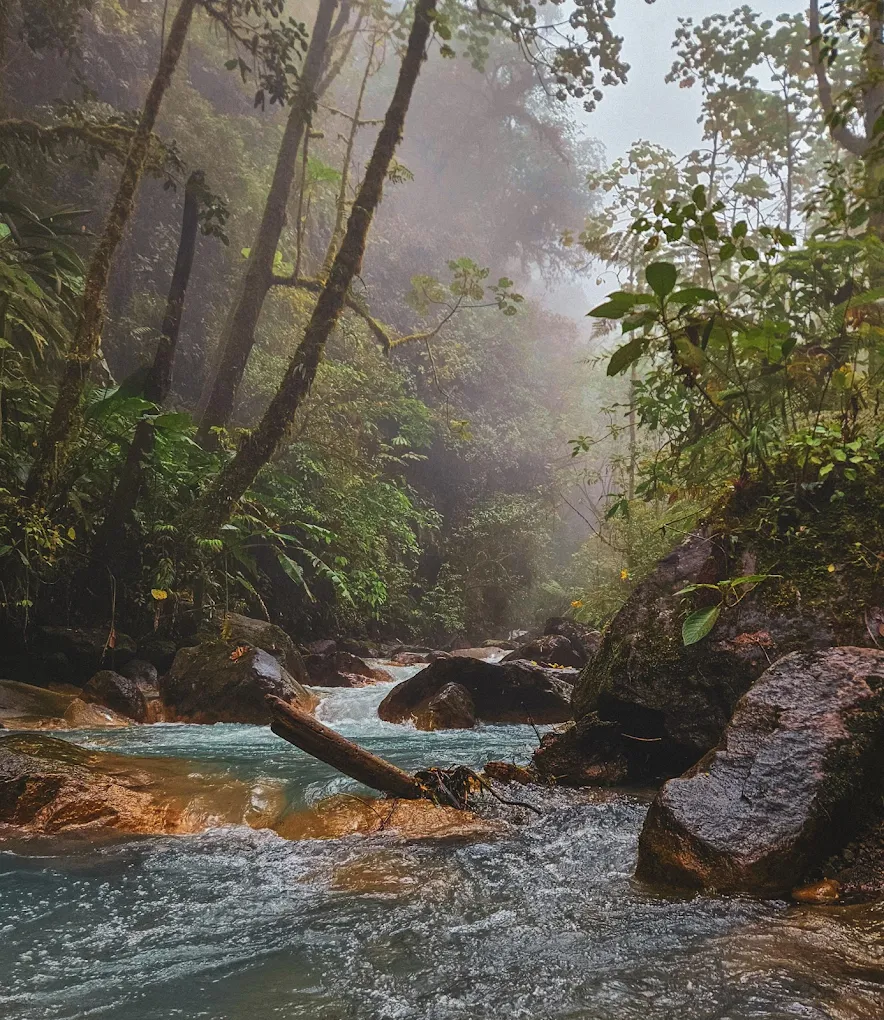
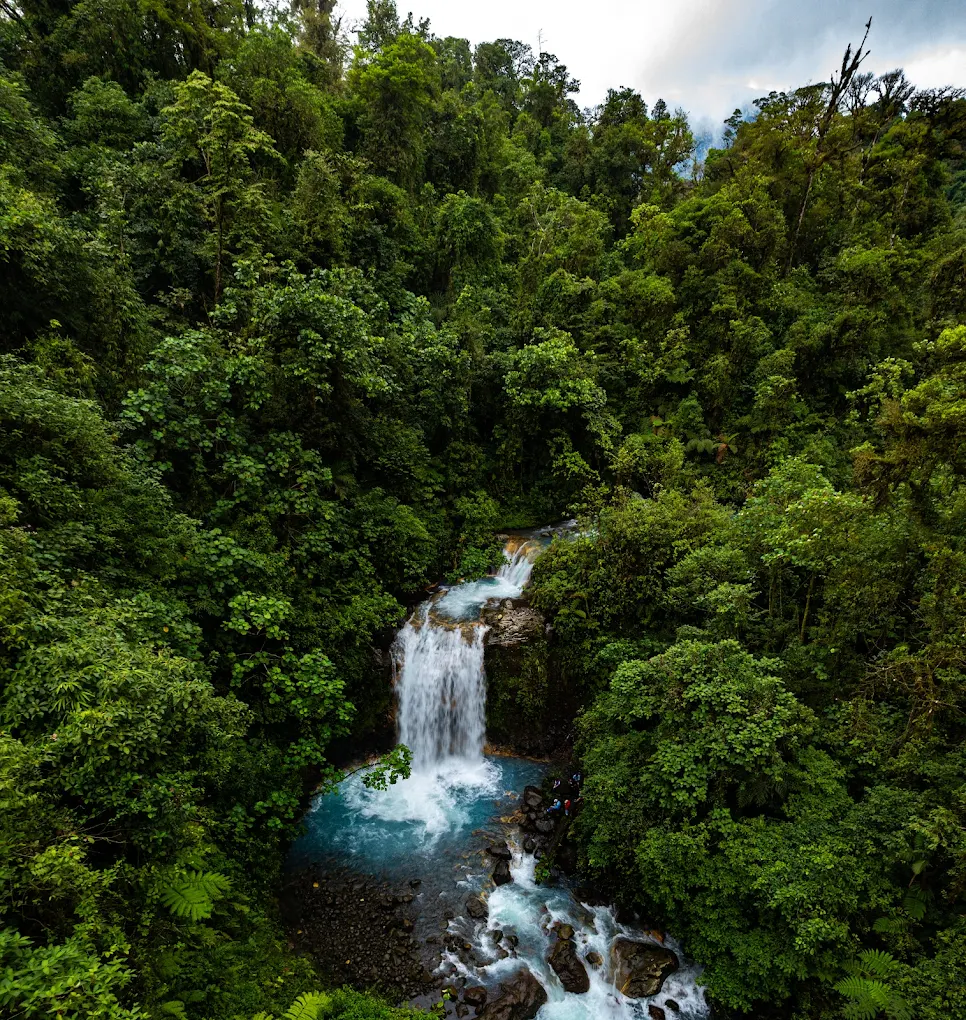
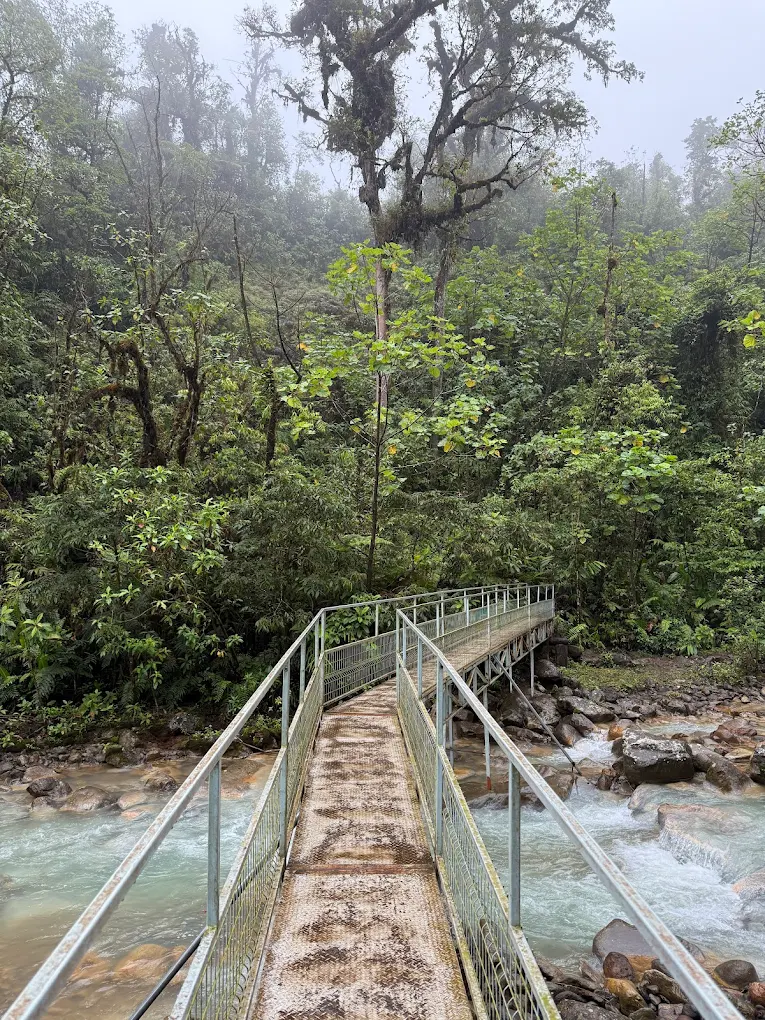
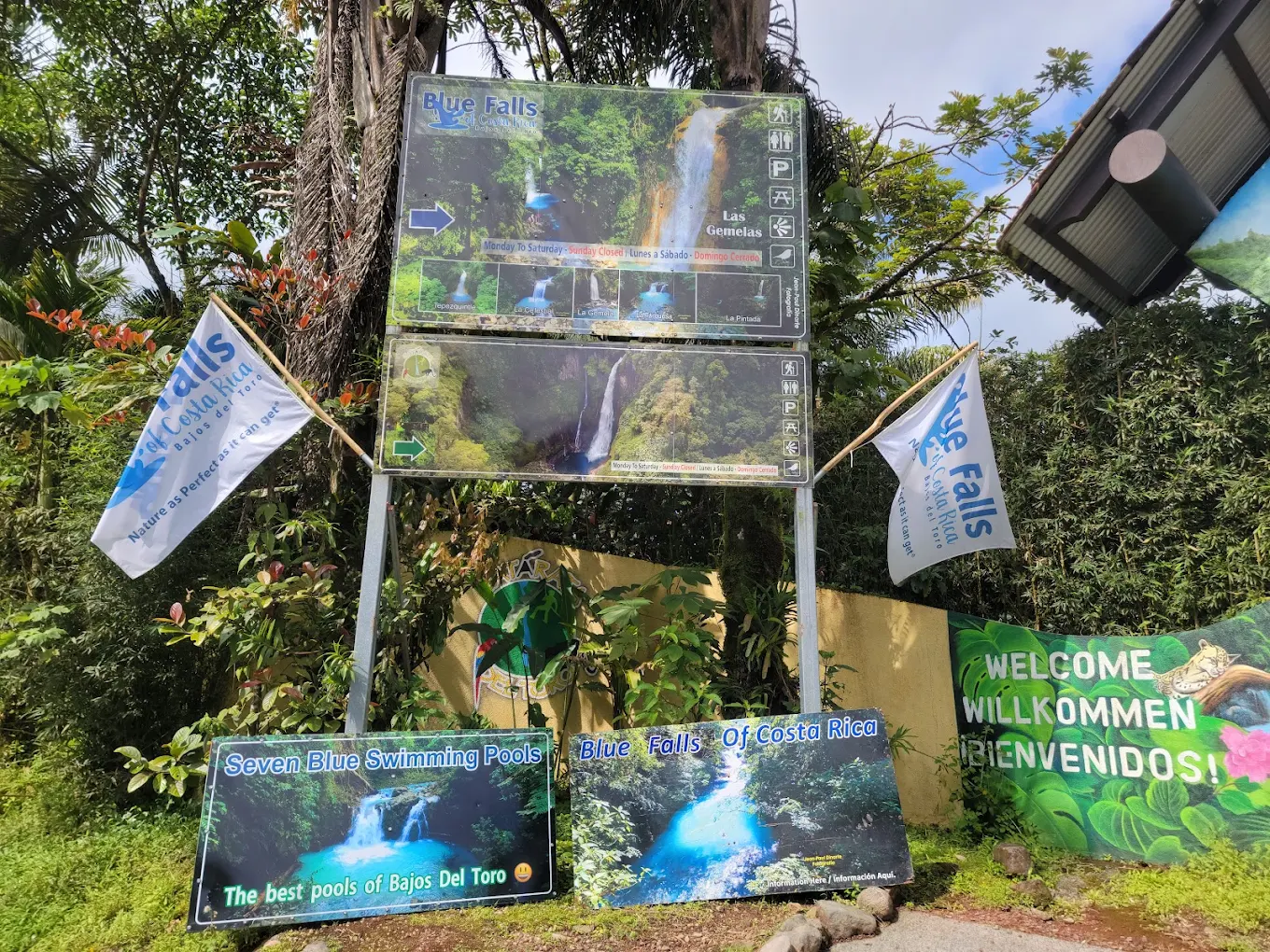
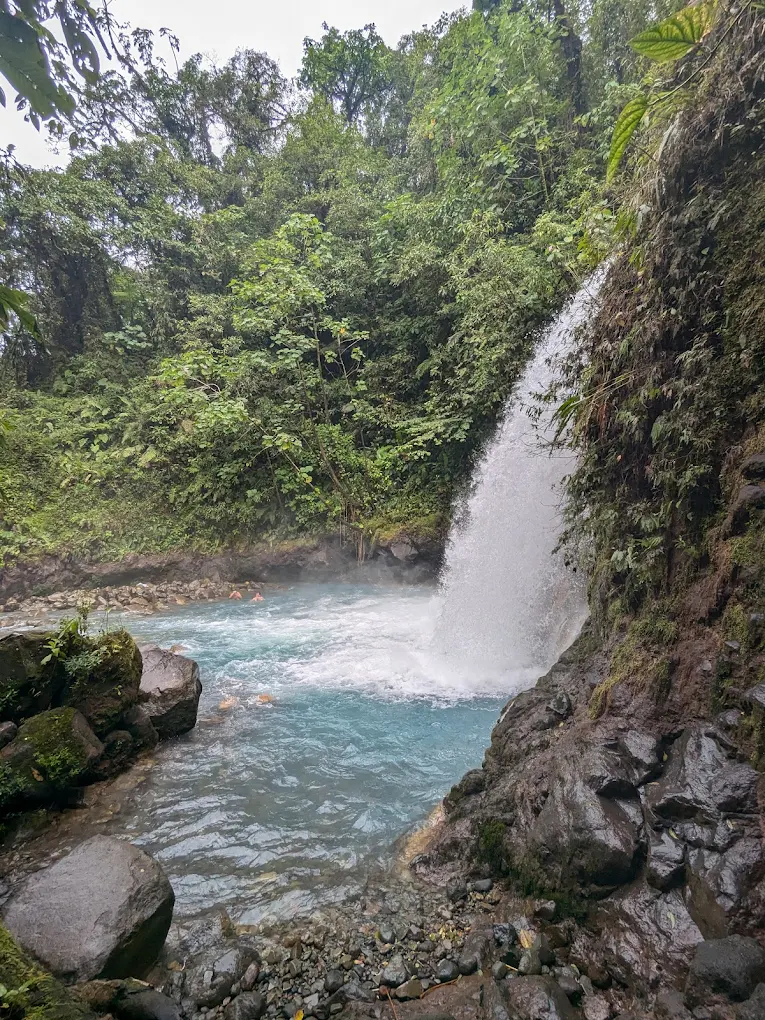



Comments